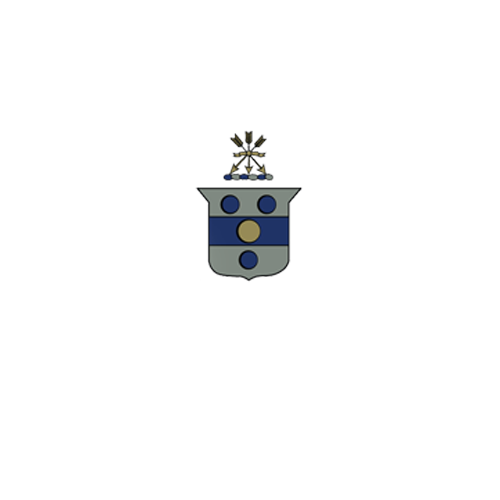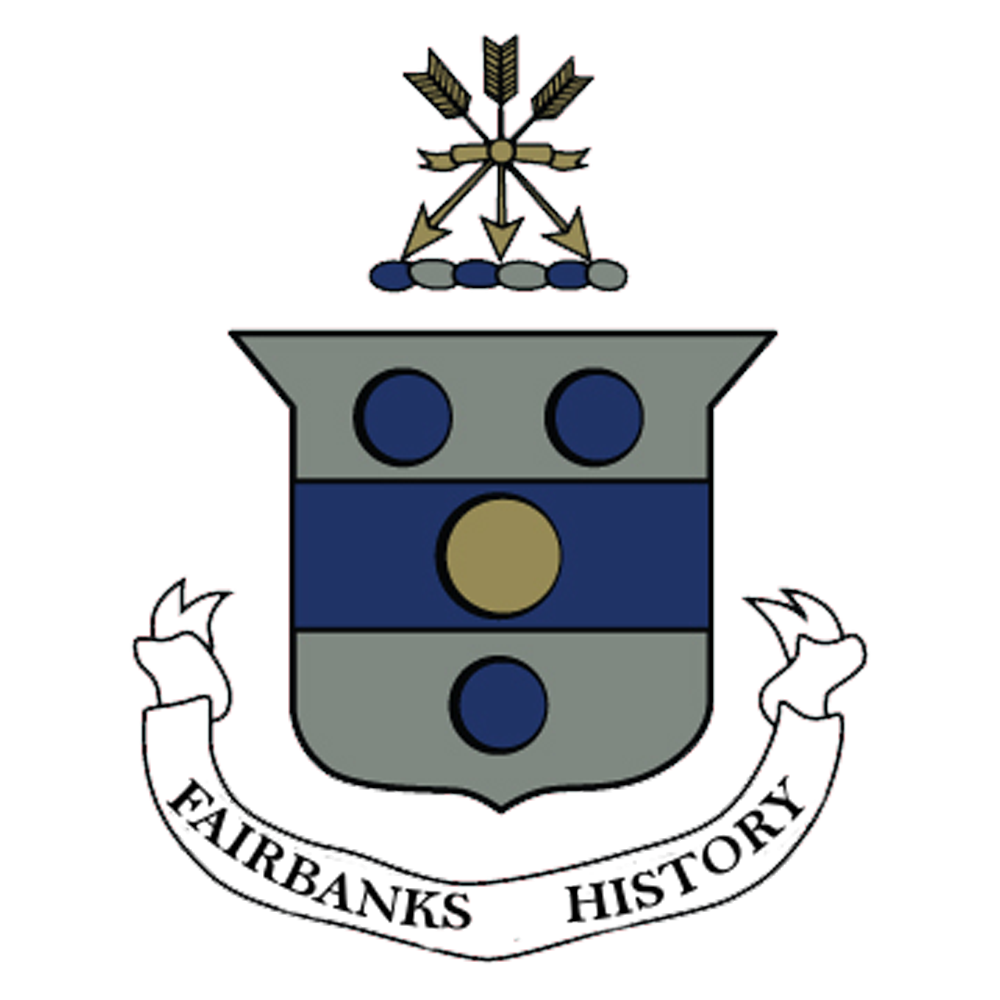The 17th Century Voyage of the Fairbanks and Prescott Families From England to the Massachusetts Bay Colony
The Fairbanks and Prescott families decided it was better to leave tumultuous England and risk dangerous travel, wilderness territory, and an uncertain future. How bad would things have to get today before we would decide to risk travel to the moon to set up a new colony? Travel for our ancestors must have seemed as expensive and risky as an extra-terrestrial flight would feel to us. Compare their small ship in a vast sea to a space capsule hurdling through outer space.
Sit in your comfortable home, use your imagination, and ponder the trip our ancestors experienced.
When Did Fairbanks and Prescott Come to the New World?
The Fairbanks family likely came to the New World about 1633. They probably lived in Watertown for a while. On March 23, 1636/37 (remember their calendar made March 25th the start of the new year), Jonathan Fairbanks was documented in the Dedham, Massachusetts Bay Colony, town minutes. He joined that new “plantation” or town at the first meeting held on the Dedham grounds. https://archive.org/details/earlyrecordstow02hillgoog/page/n28/mode/2up
According to the Prescott Memorial, John Prescott and his family were in Watertown, Massachusetts Bay Colony by 1640. There are records of him buying and being granted land there in 1641. Some believe Prescott left England in 1638, the family stopping at Barbados for two years. However, one researcher, Doris Cline Ward, said after studying documents from Barbados, she believes that was a different Prescott. (Personal conversation)
https://play.google.com/books/reader?id=r-BLAQAAIAAJ&printsec=frontcover&pg=GBS.PR1
https://archive.org/details/earlyrecordstow00masgoog/page/n5/mode/2up
https://books.google.com/books?id=_oc6AQAAIAAJ&newbks=1&newbks_redir=0&dq=book+about+watertown+by+Bond&source=gbs_navlinks_s
What Were the Requirements for Leaving New England in the 1600’s
King Charles I of England
In 1633, King Charles I was eager to get rid of the disruptive Puritans. However, a license and a pass to exit the port ((passport)) were required. These documents weren’t easy to obtain.
By April 1634 more restrictions were placed on emigration. Officials boarded the ships looking for persons who were not licensed “to pass beyond the seas. By 1638-40, when Prescott left, so many people emigrated that King Charles I was less anxious to get rid of his tax payers and potential soldiers. More documents were needed. Emigrants had to make an oath of allegiance to the Crown, and they had to have a permit from their minister. There were also health examinations. Clergymen and dissenters sometimes boarded ships in disguise to avoid being detained.
These procedures delayed ships’ departures making the trip longer and sometimes rougher. The setbacks depleted money and supplies (that the travelers) needed in the New World. Delays jeopardized the colonists critical arrival time. They had to plan the spring crops to survive for the first year.
http://www.blaisdell.org/Crossing%20the%20Atlantic%20in%201635.docx.pdf
Where Did the Fairbanks and Prescott Families Embark for Their Journey?
Half of all ship manifests from that time have been lost or destroyed. To my knowledge, there are no documentation of exactly when, where, or on which ships our ancestral families started their journey. Both the Fairbanks and Prescott families last residence was documented as Sowerby, West Yorkshire, England. We will assume they left from one of the following ports.
With the assistance of my sister, Shawnee Fairbanks Korff, we found several possibilities where the families may have departed. We must consider London. It was a big busy port, but it was 212 miles from Sowerby. A more likely port on the east coast of northern England was Hull. Sowerby was only 50 miles upriver. Liverpool, another active port on the west coast of England, was also only 50 miles from Sowerby. However, the families would need to cross the Pennine Mountains to get there.
https://www.fairbankshistory.com/colonial-history/travel-lancashire-west-riding-yorkshire
Pennine Mountains of Northern England
In 1635, at least 100 Yorkshire passengers boarded the St. James in Bristol. Bristol was 237 miles from the Sowerby, but Matthew Mitchell, a merchant from West Yorkshire, departed there. Richard Mather and his family, relatives of Cotton Mather, were also passengers. Richard kept a log of the preparation for and the journey over the ocean.
http://www.blaisdell.org/Crossing%20the%20Atlantic%20in%201635.docx.pdf
James Fredrick Edwards wrote his doctorate thesis in 1987, “The Transport System of Medieval England and Wales- a Geographical Synthesis.” He discussed Hull as the major port for goods and products to be exchanged between that Hull and inland towns of Yorkshire. His map showed that the River Calder that flows between Sowerby and Warley was navigable to Wakefield. There transportation on the river became questionable until the River Calder joined the River Aire. Then the combined rivers were used for transportation down to the River Humber. Hull was situated along the River Humber upriver from the North Sea. Edwards said wool and tobacco along with other products were transported upriver (in)to inland Yorkshire including Halifax, which is the parish center for
Sowerby. https://usir.salford.ac.uk/id/eprint/14831/1/D083029.pdf
Over ground transportation by lanes – they didn’t have roads – was difficult. Having a waterway would make the overland trip more feasible for a family of six and their belongings. So, we believe that the port our families likely used to leave the country was Hull.
Any further information on the ships or ports the Fairbanks or Prescott families used in the 1600’s, would be appreciated. https://www.fairbankshistory.com/contact-us
What Were the Ships Like?
The average ship that crossed the Atlantic in the 1600’s was 200 tons. Many were no more than 80 feet long. That’s less than a third of a football field. The larger ships, called galleons, were 300 tons. These ships usually had 3-5 square masts. More important, they carried as many as twenty ordnance or cannons.
There were smaller ships, like the St. James, that were 110 tons. Because they were smaller, they were faster. This made the trip shorter. They were not as well protected, so smaller ships often chose to travel with the larger ships for security. Frequently several ships of various sizes traveled together for their mutual protection and varied cargoes. Some mainly carried passengers and their belongings, others predominantly carried livestock with a few people to attend them. Usually all carried trade items for the colonies.
Smaller boats, shallops transported goods and passengers to the ship or from the ship to port..
All of the ships carried smaller boats called shallots to shuttle passengers to and from the anchored ships when they were not docked. These were used before embarkation when the ship was delayed. People went ashore or to other anchored ships to visit. In case of long delays, they needed to get more supplies. They also used these small boats with sails at their destination if the bays were too shallow for the ship to get to a dock, or if there were many ships trying to dock at the same time. This happened between 1628 -1638 when about 20,000 people immigrated to the Massachusetts Bay Colony
The colorful ships fitted with white canvas sails on a background of light blue sky and green-blue ocean must have been a lovely sight in the English spring. However, the fear of leaving home for the colonies and the forebodings of the dangers of traveling on this beautiful ship would dampen their enthusiasm.
The ships had three levels. The top deck was for the mariners to work the ship. Some boats were stored there with smaller livestock cages contained in them. Passengers were allowed on the top deck in fair weather to walk around for exercise and fresh air. The crowded living conditions often led to poor health during the eight weeks travel.
The middle deck held some small boats, but most of the space was used for individual cells or spaces made of wood and/or cloth to provide as much privacy as possible for each family. From 60 to 120 people could live on the second deck during the voyage. There was little room besides the space of the beds. Several beds could be bunked with a hammock above and pallet of canvas and straw underneath. Much time was spent on a bed. Not everyone in the family had their own.
In the middle deck, there were also cannons, the mariners’ hammocks and pallets, and the cooking cauldron for the ship. Bricks were laid on the deck floor where a large kettle hung on a tripod. The families could have their own charcoal braziers on sand beds. Fires were only allowed during good weather.
The lower deck was the cargo hold. However, the seafaring men viewed the travelers on the second deck as cargo and often treated them with no more respect. Chests, cupboards, bundles or bales were filled with precious belongings and store there. Bundles and bales of belongings were tied in canvas to keep them dry from leaking water. The ships sides were tarred to prevent water from coming in, but during tempests, nothing would hold the sea at bay. The belongings shared the space with larger animals, barrels of water, beer, grains, trade goods from England, etc. There were hay and oats for the animals.
Horses, cattle, sheep, and goats were the passengers on the lower deck. Usually young animals were taken, because they were smaller, handled the trip better, and adapted to the new environment. Some of the ships were dedicated to livestock and carried only a few travelers who tended them. Emigrants were cautioned not to bring pregnant animals. They didn’t fare well. Often, pregnant women did not fare well either.
Merchant Ship
A good look at what a another ship looked like can be seen in pictures of the Mayflower II. http://mayflowerhistory.com/cross-section/
Dangers of the Voyage
The fear provoked by the voyage and settling the new colony sometimes split families. The father and older sons made the trip without the women and children. They would prepare for the later arrival of their families.
Many dangers prevailed during the crossing. The first were the delays, discussed earlier, which threw the ship into poor winds, weather, and depleted the supplies. Any traveler ashore, when the delayed ship caught favorable winds, was left behind.
Passengers might come down with a communicable disease, like small pox, measles, cholera, scurvy, and typhus. Lice was a big problem. Because of the close quarters, the whole ship could be infected. Seasickness, dysentery, fever, or food poisoning from tainted meat, dairy, or excess salt could occur any time during the voyage. Inactivity was another health hazard. If a person died, they were buried at sea.
Pirates and Dunkirks preyed on the ships for the commodities they transported. Frequently ships traveled together for protection. The ships would communicate by the use of hoisted flags and drums. In extreme situations they would sound a cannon.
Weather was one of the most treacherous dangers. A calm stymied progress and depleted supplies. A tempest could batter the ships, break the masts, or cause water to leak and flood the cargo. Winds blew the ships off course; some were lost at sea, others grounded. Miraculously only one ship in approximately 200 during the 1630’s was wrecked and most of the passengers survived.
Both the Fairbanks and Prescott families arrived in the New World without losing any family members on the voyage. Their first hurdle in starting their new lives were behind them in the watery sea.
Next Up
Fairbanks family arrive in New England. It is believed they arrived at Boston Harbor and moved to Watertown, before they joined the new plantation (town) of Dedham in the Massachusetts Bay Colony. On the next blog, we will start to explore the Massachusetts Bay Colony and Watertown.












